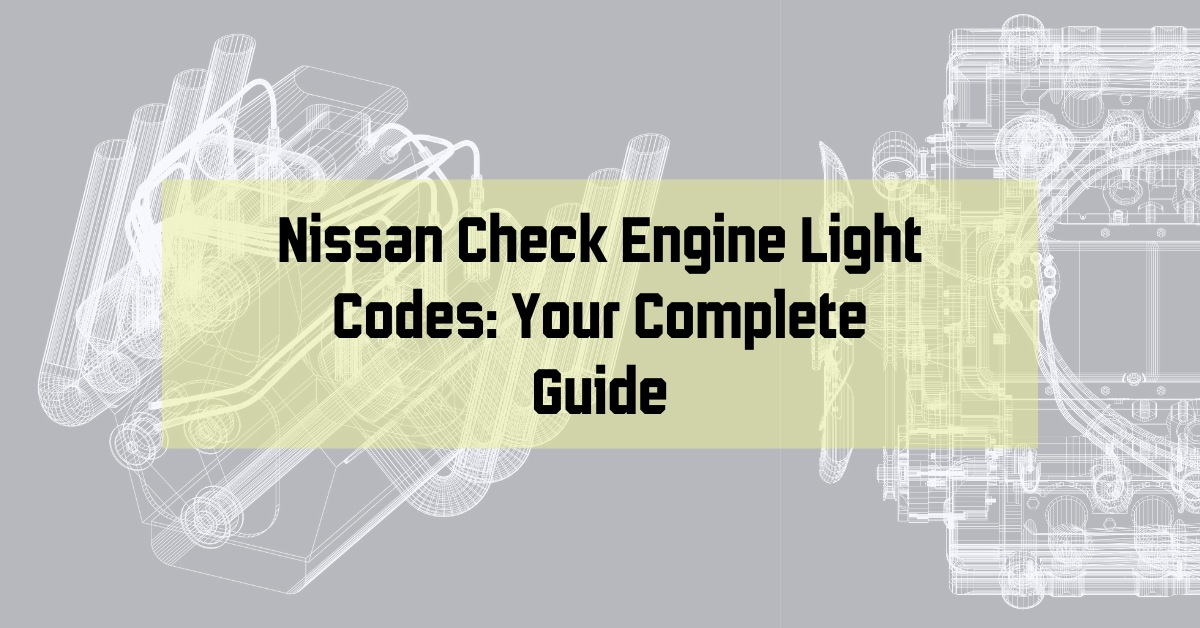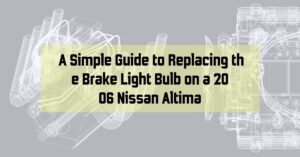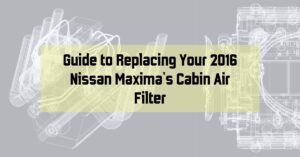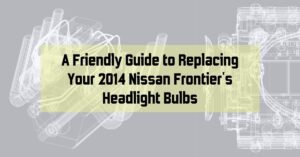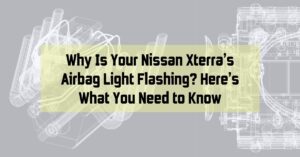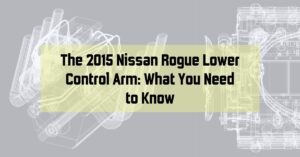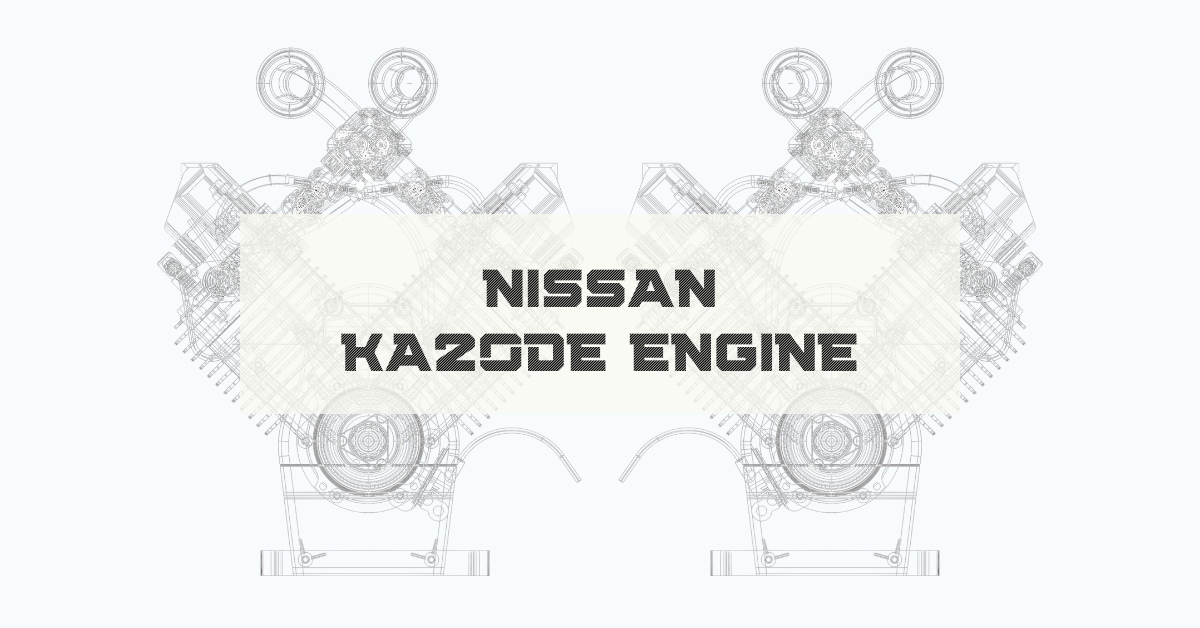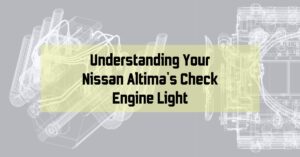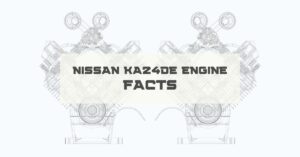When you see the check engine light come on in your Nissan, it can be a bit nerve-wracking. This light is like your car’s way of saying, “Hey, something’s not quite right!” It’s a helpful tool that lets you know if there’s a problem that needs fixing, whether it’s something small or more serious. In this guide, we’ll take a close look at what those check engine light codes mean, why they’re important, and what you can do about them.
What Are Check Engine Light Codes?
Check engine light codes, also known as diagnostic trouble codes (DTCs), are specific codes generated by your vehicle’s OBD system when it detects a malfunction. These codes help technicians diagnose the exact nature of the problem, ranging from minor issues like a loose gas cap to more severe engine problems.
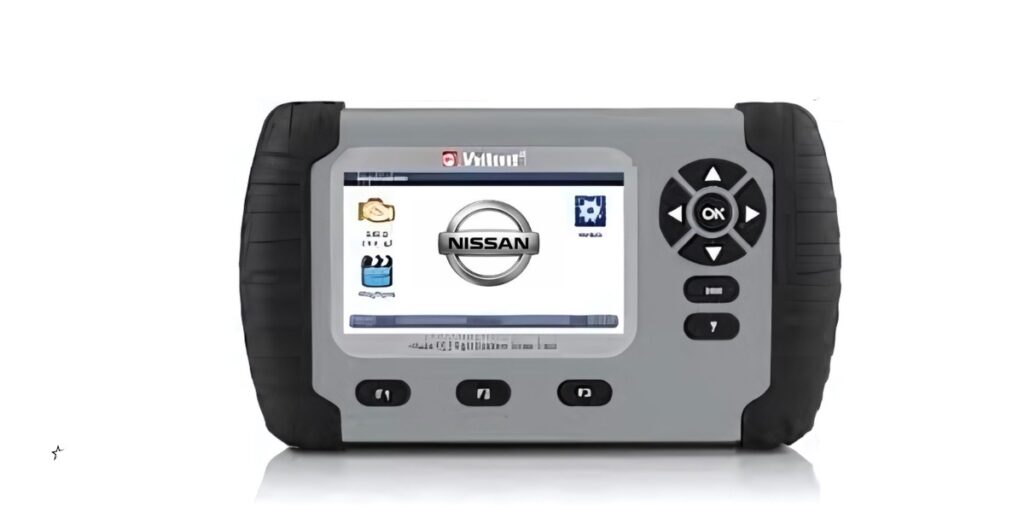
The OBD system continuously monitors various systems and components of your Nissan, such as the engine, transmission, and emissions control system. When it detects a problem, it stores a code in its memory and illuminates the check engine light on your dashboard. This code can then be retrieved using an OBD-II scanner, a device that reads and interprets these codes.
Common Nissan Check Engine Light Codes
There are hundreds of potential check engine light codes, each corresponding to a specific issue. Here are some of the most common codes you might encounter:
- P0171 and P0174 (System Too Lean): These codes indicate that the engine is running lean, meaning there is too much air and not enough fuel in the mixture. This can be caused by vacuum leaks, faulty fuel injectors, or a malfunctioning mass air flow sensor.
- P0300 (Random/Multiple Cylinder Misfire Detected): This code signifies that the engine is experiencing misfires in multiple cylinders. Common causes include faulty spark plugs, ignition coils, or fuel system issues.
- P0420 (Catalyst System Efficiency Below Threshold): This code indicates a problem with the catalytic converter, which helps reduce harmful emissions. It may be due to a failing catalytic converter or issues with the oxygen sensors.
- P0455 (Evaporative Emission System Leak Detected): This code means there is a large leak in the evaporative emissions system, which prevents fuel vapors from escaping into the atmosphere. A loose or missing gas cap is a common culprit.
- P0113 (Intake Air Temperature Sensor 1 Circuit High): This code suggests that the intake air temperature sensor is reading a high voltage, which could be due to a faulty sensor or wiring issues.
Addressing Common Check Engine Light Codes
Once you have identified the check engine light codes, the next step is to address the issues. Here’s how to handle some common codes:
Fixing a Lean System (P0171 and P0174)
When your Nissan’s engine runs lean, it means there is too much air in the fuel mixture. This can cause poor performance and increased emissions. To address this issue:
- Check for Vacuum Leaks: Inspect all vacuum lines and hoses for cracks or disconnections. Replace any damaged components.
- Clean the Mass Air Flow Sensor: A dirty or faulty mass air flow sensor can cause a lean condition. Clean or replace the sensor as needed.
- Inspect Fuel Injectors: Ensure that the fuel injectors are clean and functioning correctly. Clean or replace them if necessary.
Resolving a Misfire (P0300)
Engine misfires can be caused by various factors. To fix a P0300 code:
- Check Spark Plugs: Inspect the spark plugs for wear and replace them if necessary.
- Test Ignition Coils: Faulty ignition coils can cause misfires. Test and replace any defective coils.
- Examine Fuel System: Ensure that the fuel pump and fuel injectors are delivering the correct amount of fuel. Replace any faulty components.
Repairing the Catalyst System (P0420)
A P0420 code indicates that the catalytic converter is not functioning efficiently. To resolve this:
- Inspect the Catalytic Converter: Check for physical damage or blockages in the catalytic converter. Replace it if necessary.
- Check Oxygen Sensors: Faulty oxygen sensors can cause incorrect readings. Test and replace any malfunctioning sensors.
- Address Engine Performance Issues: Ensure that the engine is running smoothly and efficiently, as poor performance can affect the catalytic converter’s operation.
Fixing an EVAP System Leak (P0455)
A P0455 code indicates a large leak in the evaporative emissions system. To fix this:
- Tighten or Replace the Gas Cap: The most common cause is a loose or missing gas cap. Ensure it is properly tightened or replace it if damaged.
- Inspect EVAP Hoses and Components: Check for cracks or disconnections in the EVAP hoses. Replace any damaged parts.
- Test the EVAP System: Use a smoke machine to detect leaks in the EVAP system. Repair any leaks found.
The check engine light indicator, also referred to as the Malfunction Indicator Light (MIL), indicates that there is a problem with your vehicle that requires addressing. This resource aims to provide you with an understanding of the check engine light, its possible causes, and the necessary actions to take when it activates.
If the Nissan Check Engine Light Stays On
A check engine light that stays on steadily usually means that there is a problem that requires attention but is not immediately critical. In this case, you can continue to drive your vehicle, but you should schedule a service appointment with your Nissan dealer at your earliest convenience. Ignoring a steady MIL can lead to more severe problems over time.
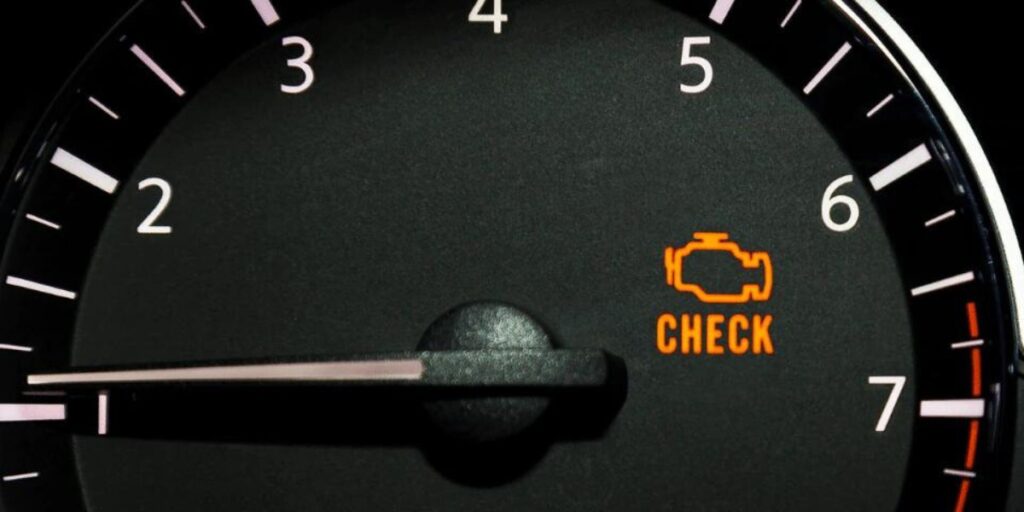
When the light remains on, the first step is to check the fuel-filler cap. A loose or missing cap can cause the light to come on. Ensure the cap is properly secured. If the cap was the issue, the light should turn off after a few trips. If the light remains on, it could indicate a problem with the emission control system or another issue that needs professional diagnosis.
If the Light Is Steady or Blinking While the Engine Is Running
If the check engine light comes on while the engine is running, it might suggest a malfunction with the emission control system. This could be due to a loose fuel cap, low fuel level, or a more significant issue. A blinking light, however, usually indicates a more severe problem, such as an engine misfire. This can lead to unburned fuel entering the exhaust system, which can damage the catalytic converter.
Driving with a blinking check engine light can cause severe damage to your vehicle. You should avoid driving at high speeds, avoid rapid acceleration or deceleration, and reduce the amount of cargo you’re hauling. It’s crucial to get your vehicle inspected by a Nissan service center as soon as possible to prevent further damage.
If the Light Comes On And Blinks While the Engine Is Off
If the check engine light comes on steadily for 20 seconds and then blinks for 10 seconds while the engine is off, it might indicate that the vehicle isn’t ready for an emission control system inspection or maintenance test. Refer to your owner’s manual for additional information and instructions on how to prepare your vehicle for such tests.
Regardless of why the MIL comes on, it’s wise to take your vehicle to a Nissan dealer for an inspection. Nissan technicians can use a specific code reader to communicate with your vehicle’s computer and determine the exact reason for the MIL illumination.
What to Do When the Nissan Check Engine Light Comes On
If the Light Stays On
If the check engine light is on but not blinking, start by checking the fuel-filler cap. Ensure it is closed and tightened properly. Also, make sure your vehicle has at least three gallons of fuel. If these steps don’t resolve the issue, and the light remains on after a few trips, schedule a service appointment with your Nissan dealer. It is likely an emission control system issue, but it should not require towing.
If the Light Is Blinking
A blinking check engine light often signals an engine misfire, which can damage the emission control system, particularly the catalytic converter. If this occurs, take the following precautions:
- Do not drive over 45 mph.
- Avoid hard acceleration or deceleration.
- Avoid steep uphill grades.
- Reduce the amount of cargo being hauled or towed.
These steps can help minimize damage until you can get your vehicle to a Nissan service center for a proper inspection and repair.
Signs That the Check Engine Light May Not Be a Serious Issue
Not all check engine light illuminations mean immediate trouble. Here are signs that the issue might not be serious:
- Your vehicle is running normally.
- You don’t hear any unusual noises while driving.
- There is no smoke coming from your vehicle.
- You don’t smell anything unusual inside or around your vehicle.
- Your gas mileage hasn’t changed.
If these conditions are met, it’s still important to get your vehicle checked, but you may not need to rush to the service center.
Signs That the Check Engine Light May Be a Serious Issue
Conversely, certain signs indicate that the check engine light means a serious issue that requires immediate attention:
- Your vehicle is making strange noises, such as knocking or rattling.
- You see smoke coming from your vehicle.
- Your vehicle has experienced a significant loss of power.
- Your gas mileage has decreased noticeably.
- Your vehicle won’t start.
If you encounter any of these symptoms, it’s crucial to have your vehicle inspected as soon as possible to prevent further damage and ensure your safety.
How to Prevent Check Engine Light Issues
Regular maintenance is key to keeping your Nissan running smoothly and preventing check engine light issues. Here are some maintenance tips:
- Regular Oil Changes: Fresh oil keeps your engine running smoothly and can prevent many potential issues.
- Replace Air and Fuel Filters: Clean filters ensure your engine gets the proper air and fuel mixture.
- Check and Replace Spark Plugs: Replacing spark plugs at recommended intervals can prevent misfires.
- Secure the Gas Cap: Always make sure the gas cap is tightly secured after refueling.
- Monitor for Warning Signs: Address unusual sounds, smells, or performance issues promptly.
Just a friendly reminder about check engine lights in your Nissan.
Understanding those check engine light codes can really help you look after your vehicle. While some issues can be fixed DIY, others may need a professional touch. If you’re ever unsure about a code or how to tackle it, it’s always a good idea to chat with a certified Nissan technician. They’ve got the skills and tools to pinpoint and fix any problems, keeping your car running smoothly and safely.
Remember, ignoring the check engine light can lead to bigger problems and expensive repairs down the road. So, it’s always best to address any warning lights promptly and keep up with regular maintenance to keep your Nissan in tip-top shape.
